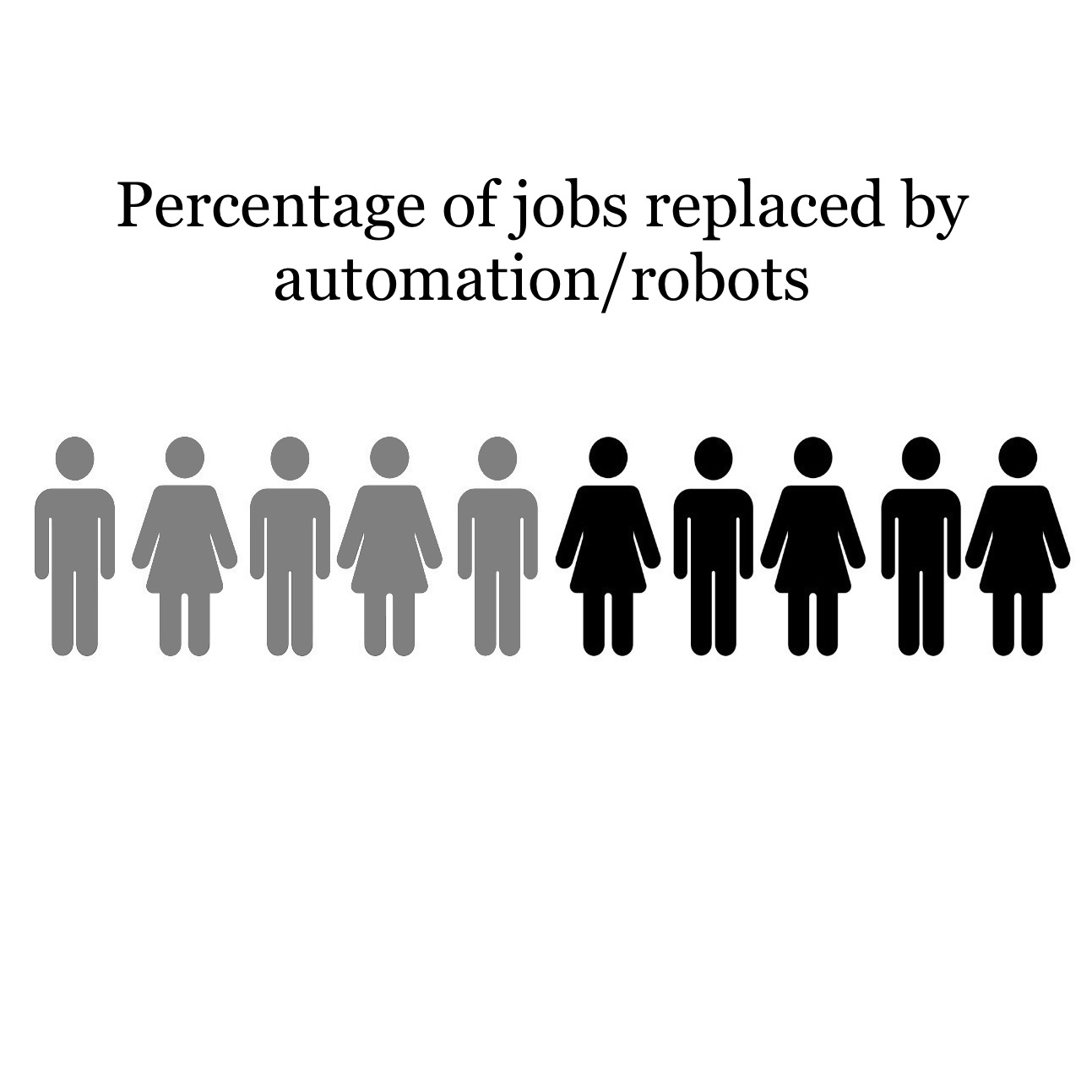Paul's Blog
Bookmark this to keep an eye on my project updates!
Edward
The tide of technological progress has always had a way of washing away the familiar. From the clatter of horseshoes replaced by the engine noise of autombiles to the rhythmic clack of typewriters silenced by the hum of computers, it seems to never end. Today, on the greasy floor of his auto repair shop, Edward grapples with the next wave – the rise of electric cars and the ominous whisper of robots capable of replacing even skilled mechanics.
A pang of unease settles in his gut as he examines a sleek electric car hoisted on the hydraulic lift. The diagnostic tools in his hand, once comforting extensions of his expertise, feel strangely cold. “Electric this, autonomous that,” he mutters, wiping a stray bit of grease from his forehead. The future, once a distant horizon, seems to be barreling down on him like a runaway truck.
Across the garage, his son Ethan, a whirlwind of youthful enthusiasm, disassembles an old drone with the practiced ease of a seasoned explorer. He glances up, catching his eye, a mischievous glint in his gaze. “Speaking of robots, Dad, did you see that article about the self-repairing bots they’re testing?” he asks.
TLDR
Technological changes seem to come quick. Young people are more likely to pickup and adopt it.
Dizzying pace
The pace of technological change can feel dizzying. Like a toddler discovering a room full of toys, we keep stumbling upon new gadgets and ideas at an ever-increasing rate. This rapid shift can be overwhelming, but it also opens up amazing possibilities. Imagine the difference between a clunky rotary phone and a smartphone in your pocket, a constant portal to information and connection. Technology can help us new reach new heights or nightmare scenarios.
In my view, the key lies in approaching technology with idealism AND pragmatism. We should celebrate the incredible progress that has improved our lives in countless ways. At the same time, we must acknowledge the potential downsides and work towards developing safeguards and frameworks to prevent, avoid, or mitigate the potential downsides.
The Smiths
The delivery app glowed accusingly on the Smiths’ kitchen counter. Takeout Tuesdays were a tradition, a refuge from the relentless pressure cooker of life. But tonight, the usual banter between Sandra and Michael was muted. Sandra, a freelance web developer, had just finished a particularly dry spell. Michael, a mechanic whose skills were increasingly challenged by electric vehicles, stared out the window, his brow furrowed. The specter of financial insecurity hung heavy in the air.
“Imagine,” Sandra began, her voice barely a whisper, “a world where a quiet month wouldn’t mean scrambling for bills.” Michael turned, a flicker of hope battling the cynicism that had become a familiar companion.
“A safety net,” Sandra continued, the words carrying a newfound weight. “A chance to breathe, to explore new areas, maybe even take that pottery class you’ve always mentioned.” Michael, a man whose hands had always found solace in the tangible, harbored a secret desire – shaping clay into something beautiful.
The freedom dividend wasn’t a novel concept. Wouldn’t it stifle innovation? Wouldn’t people become complacent? But as Sandra dug deeper, a new perspective emerged. What if the dividend wasn’t a hammock, but a launching pad? “I could start that pastry business I always wanted to,” she thought.
Also, the fear of losing their jobs wouldn’t disappear, but the terror of freefall might. So, takeout debate remained undecided, but a different kind of menu had opened – a menu of possibilities.
TLDR
Technological changes are coming fast and hard. The freedom dividend can be used to prevent permanent damage. It depends on the person.
The Freedom Dividend: net, fertilizer, and soil
What is the Freedom Dividend? It was the 2020 US presidential candidate Andrew Yang’s signature proposal during his campaign. It is a universal payment of $1,000 per month to all American adults as a solution to inevitable consequences of dizzying improvements in technology leaving people behind.
In the United States, the five most common jobs are administrtive/clerical work, retail/sales, food service/prep, truck driving/transportation, and manufacturing. Those jobs take up about half of all jobs in America. So what?

If you believe robots and AI will become good enough to replave human labor. If you believe that technology will develop faster than people can get go back to school or retrain. And, if you believe not everyone has the money or time to do that, then the freedom dividend would be a safety net. Let me explain.
Automation and robot labor are coming online and, undoubtedly, and it will create staggering wealth. It can also leave many in our communities behind - their skillsets no longer needed. This creates a crucial need for a safety net – a system that ensures hard times don’t cripple you. The freedom dividend is the solution.
Also, the freedom dividend is like fertilizer and soil. Why?
By providing all citizens with basic needs met with a guaranteed payment, regardless of employment status, the freedom dividend can prevent permanent damage from unexpected emergencies, hard times, and constant economic stress. It empowers individuals to pursue education, retrain for new jobs, or even start their own businesses. This allows and encourages innovation and entrepreneurship even in the face of technological progress/upheaval.
TLDR
Not everyone has the same amount of resources. The Freedom Dividend would give a helping hand, prevent hardship from the uncontrollable, and empower people to pursue entrepreneurial endeavors.
Why it would work
- people are struggling and want it.
- not everybody starts from the same place.
- not everybody is healthy enough to make a lot of money.
What will happen
- It will prevent permanent damage to our communities
- It will free people up to start businesses.
- It will remove stress.
Other reasons
- we already give safety nets.